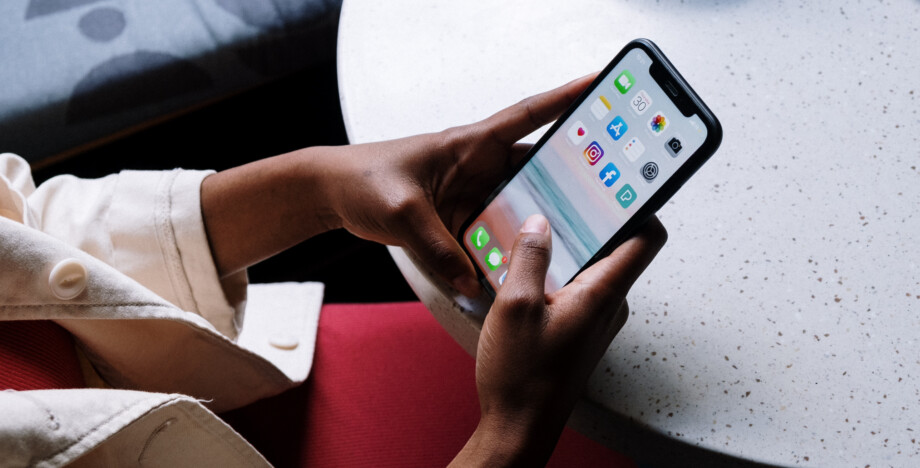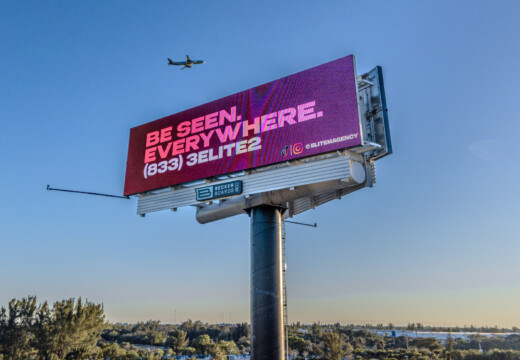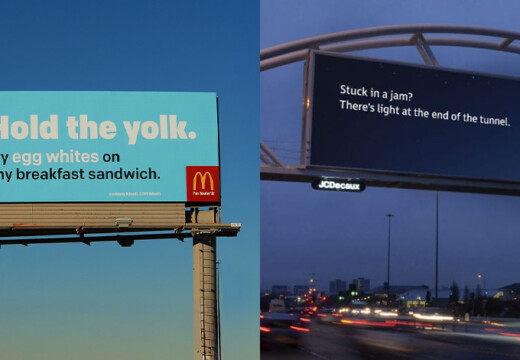
Broadcast Media in a Digital-First Landscape
How adding broadcast into your media mix can extend your reach and build your brand.
Digital advertising, as a percentage of total advertising revenue, hit 67% in 2022, and is only expected to continue going up.
The internet brought marketers a cheap and easy way to get in front of consumers, lowering costs, providing instant access to data and measurement, and creating a faster feedback loop in order to iterate to get messaging correct.
All of this is valuable, but as online advertising has picked up steam, it’s gotten increasingly competitive. Standing out is harder than ever.
Meaning, it may not be working as well as everyone assumed.
The Growing Challenges Facing Online Advertisers
In one study, researchers found that a blank ad received a click-through rate that was 60% better than a comparable Facebook ad and double that of a banner ad. They determined that 44% of all banner ad clicks are a mistake and that only 14% of people notice banner ads online. In another, Ebay turned off $100 million in PPC advertising because they found that stopping all PPC ads only reduced sales by 0.5%, and that for every dollar spent, they were losing $0.60.
As privacy changes (such as Apple’s iOS 14 updates and the eventual loss of 3rd-party cookies on Google) kick in, much of the tracking and measurement advantages that online advertising offers will drop off.
Consumer behavior is also changing: people are skipping, blocking, and ignoring more than ever, and attempting to spend less time online and on-screen. One survey found that 71% of respondents report tuning out digital device ads, 68% were increasingly concerned with privacy and security online, and 47% want to reduce screen usage (after lockdowns ended).
As if to rub salt in the wound for online advertisers, digital ad fraud cost US advertisers almost $16 billion in 2022.
All of these issues, combined with rising ad costs and competition, are creating a headache for online marketers.
Why Going Back to Broadcast Makes Sense
So should you keep advertising online? Of course. Throwing the baby out with the bath water is never the right option. But diversifying your media, and connecting them across channels, can do so much to amplify your marketing and make it work more effectively.
Which is where broadcast media comes in.
Some of these traditional channels are, of course, facing decline: readership of newspapers and magazines and viewership of traditional TV are dropping.
But that doesn’t mean they can’t provide value to help you stand out, just like online advertising.
Whereas digital advertising is a one-to-one channel, broadcast delivers reach as one-to-many media.
Because broadcast media offer greater impact than online advertising – from the emotional appeal of a visual TV ad to the in-your-face message of a billboard – it works well for building brand awareness. And because brand awareness boosts how well your prospects remember your message, ad recall goes up and your online cost-per-lead can drop, because people are more familiar with you.
Choosing the Right Broadcast Media
As hinted at above, not all broadcast media will be appropriate for you.
Consider some of the pros and cons of each:
- TV – high CPMs (cost per thousand impressions) paired with shrinking viewership (as more people move to streaming) means you need big budgets to effectively use this; if you can make the numbers work, however, TV’s visual impact can win you huge brand awareness
- Radio – like TV, radio channels can be easily changed to skip ads, and because the listener is driving, any kind of response or conversion is almost impossible to achieve; if you have a strong, emotionally-driven brand message that provides value in terms of awareness, radio’s CPMs are lower than TV’s so could work for a smaller budget
- Print – declining readership in newspapers and magazines, especially amongst younger, more educated and affluent audiences, makes this channel hard to achieve reach with; the way around this would be to use local newspapers to reach an older audience and direct mail for a younger one
- Billboards – unlike other channels, billboards are on the rise, as a trusted media source with consumers that meets them where they are – out and about, commuting or spending time in their neighborhood; consumers are noticing billboards more than ever, and they are particularly effective with urban, educated, young, affluent markets
Two other considerations in making the decision between broadcast media types include: how easy is it to integrate it into your online marketing? And, where does it fall in the overall marketing funnel?
TV and radio are almost impossible to directly link to your online marketing – save through the repetition of brand messages. Print can be a bit easier, as QR codes can be included in direct mailers, or simple links in space ads.
With the exception of infomercials, TV and radio are restricted to top-of-funnel, brand awareness goals. Print can be used as either a top-of-funnel or bottom-of-funnel media, although the restricted reach might make it hard to generate meaningful results for either goal.
In both cases, integration and funnel flexibility, billboards have a significant advantage.
Billboards have long been used to drive brand awareness as well as to guide traffic to physical locations to shop. And, by using geofencing (collecting mobile IDs that pass through a designated location to send ads to a person’s phone), billboards can be easily linked to your online campaigns.
Today’s billboards offer even greater advantages than at any time in history. Blip offers analytics with every campaign, helping you track and measure performance. We also provide tips to integrate Google Analytics into your Blip campaign, giving you nearly as much control as online advertising offers.
And digital billboards provide all the flexibility of online ads: it’s easy (and costs nothing extra) to swap out creative as often as you want, to match campaigns, current events, and even local time and temperature (through dynamic creative).
Blip can help you set up a digital billboard campaign on nearly 2,000 digital billboards across the country. You just sign in to our proprietary platform, choose the locations you want, optimize for time of day, upload creative, and you’re set. (We can also help you design your creative if needed.) This makes it super easy and affordable to set up a billboard campaign and see how it benefits the rest of your marketing.


